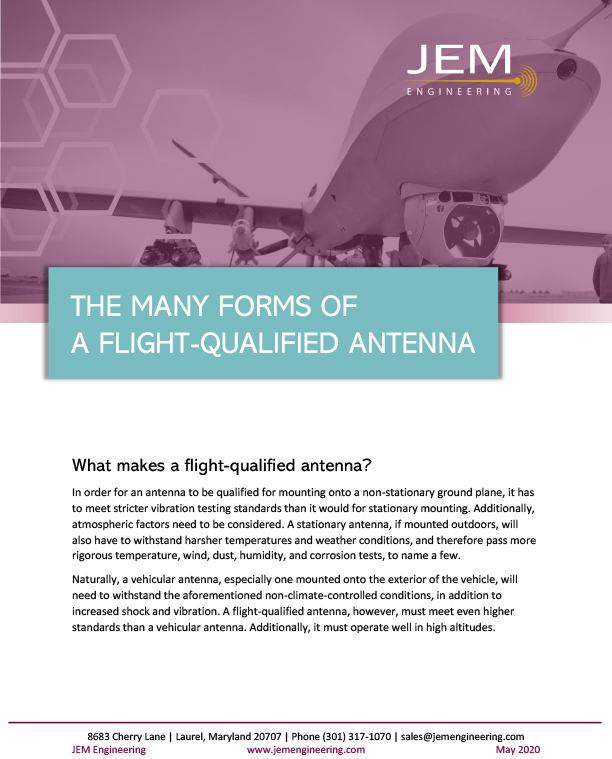The Many Forms of a Flight-Qualified Antenna
June 2020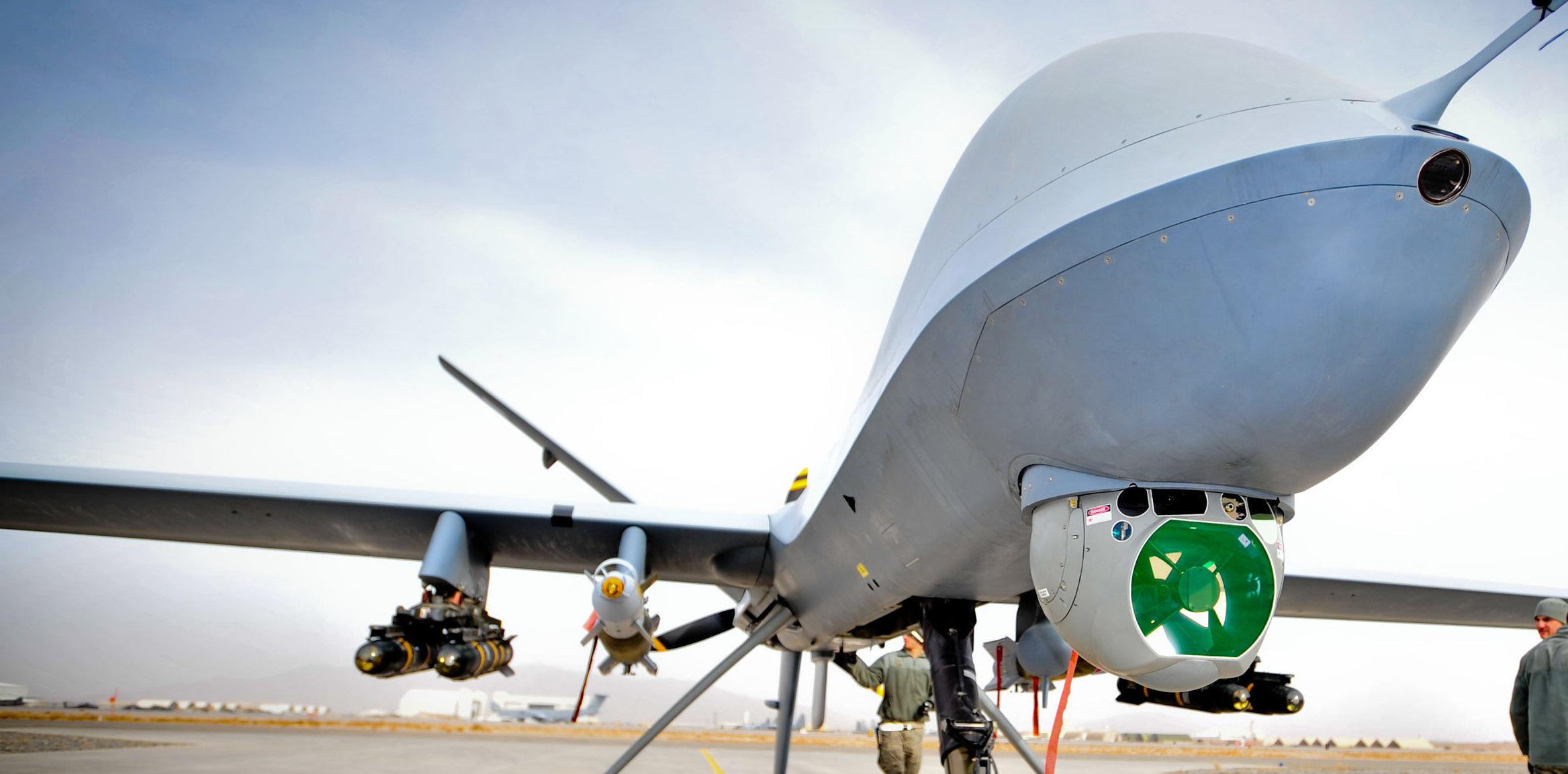
In a previous post, we mentioned some of the environmental testing standards that JEM Engineering follows in order to classify and qualify our antennas. In this post, we explore what makes a “flight-qualified” antenna, as well as the many forms it can take.
In order for an antenna to be qualified for mounting onto a non-stationary ground plane, it has to meet stricter vibration testing standards than it would for stationary mounting. Additionally, atmospheric factors have to be considered. A stationary antenna, if mounted outdoors, will also have to withstand harsher temperatures and weather conditions, and therefore pass more rigorous temperature, wind, dust, humidity, and corrosion tests, to name a few.
Naturally, a vehicular antenna, especially one mounted onto the exterior of the vehicle, will need to withstand the aforementioned non-climate controlled conditions, in addition to increased shock and vibration. A flight-qualified antenna, however, has to meet even higher standards than a vehicular antenna. Additionally, it has to operate well in high altitudes.
A flight-qualified antenna can come in many different forms.
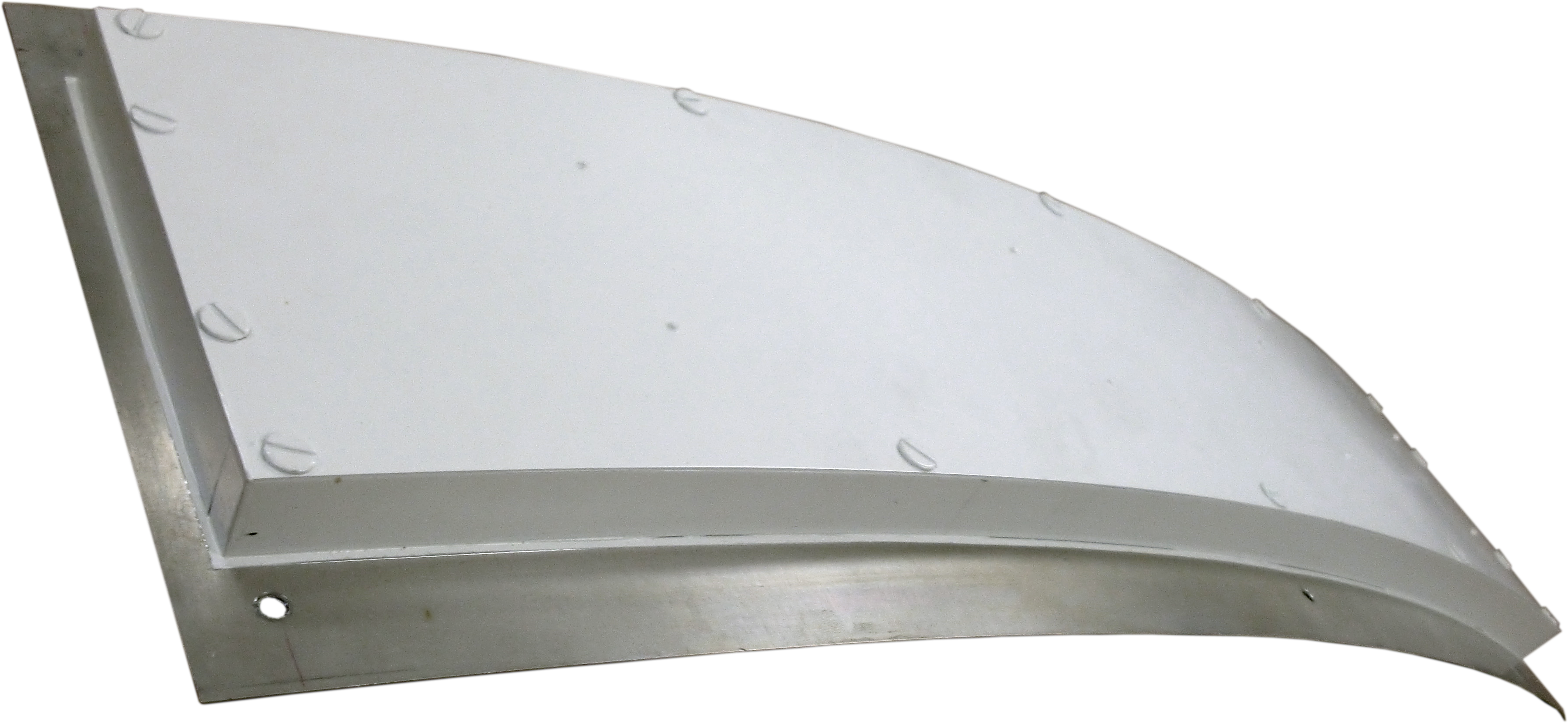
We are proud to offer a variety of flight-qualified antennas, ranging from flat panel, to box-type, to blades, and even flexible peel-and-stick antennas. These antennas are suitable for a various applications, including multi-band communications, EW, ISR, SIGINT, as well as satellite communications.
Among our many box-style antennas is the JEM-238MFC, which comes in an ultra-low-profile form factor designed for 1.2″ (3.18 cm) cavity depth.
It is one of our Magnetic Flux Channel (MFC) antennas, which means it does not utilize electric charge to achieve propagation. That being said, it be placed directly on, or even within, conducting structure with no ill-effects on radiation or impedance match performance.
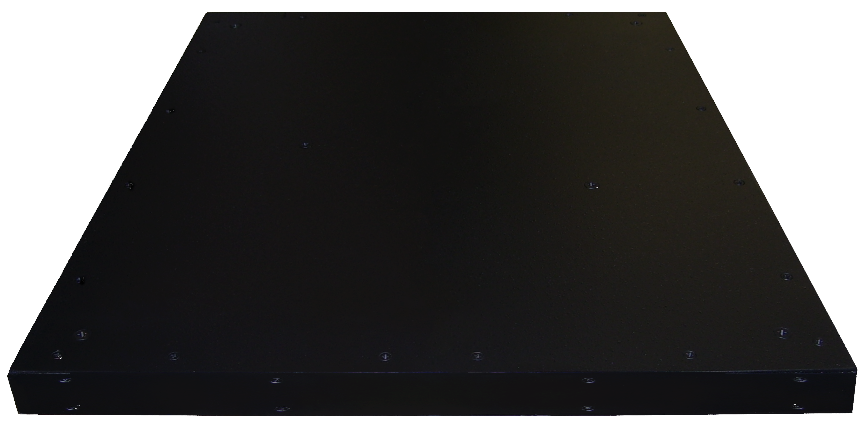
All measuring less than 9″ (22.6 cm) long, and weighing 1lb (0.45kg) and under, our box-type wideband sector antennas (WSAs) are portable and multi-functional. They feature 90-degree angle brackets, which allow for easy mounting and dismounting.

Specifically designed for aerodynamics, blade antennas are often mounted to the exterior surface of an aircraft. Ranging in size and frequency band, our UVW products used for ground-to-ground, air-to-ground, and ground-to-air communication systems. They are also optimal for unmanned aerial vehicle (UAV) communications. The UVW-0430A is suitable for sensor systems and low drag operations.
In addition to readily available antenna products, JEM Engineering offers custom antenna development. We often create special antenna designs to meet our customers’ unique requirements. Our blog post, The Makings of a Reliable Antenna, briefly explains some of our development processes.
Latest Posts
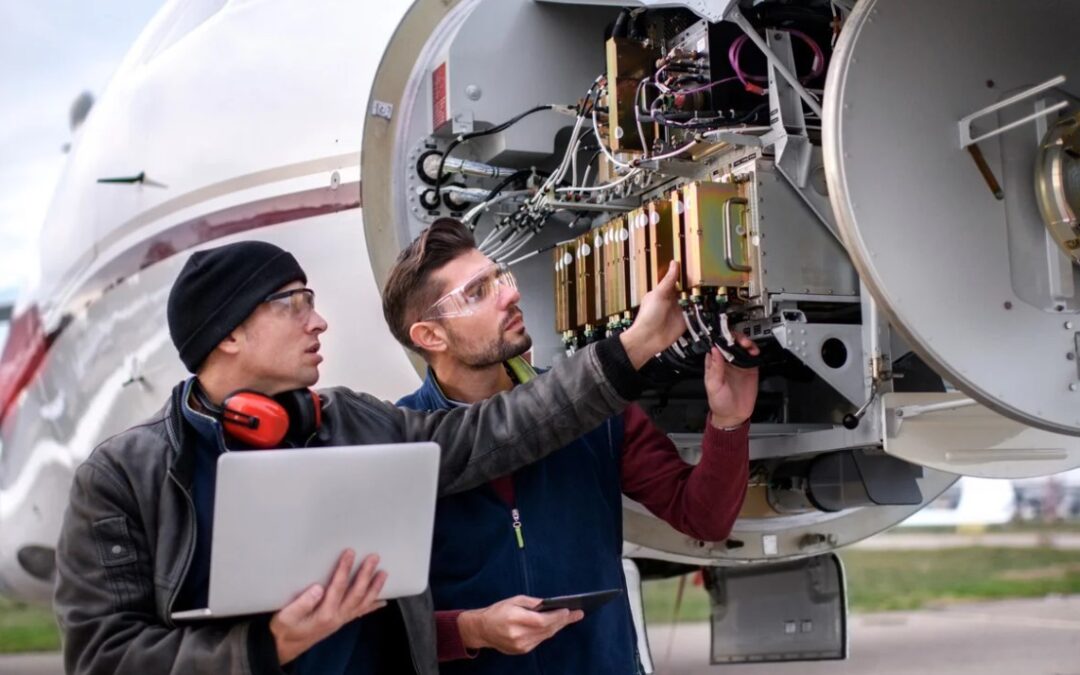
An Abundance of Aircraft Antennas
Home » Media Center » Blog » An Abundance of Aircraft AntennasWhen you look at an aircraft, you...
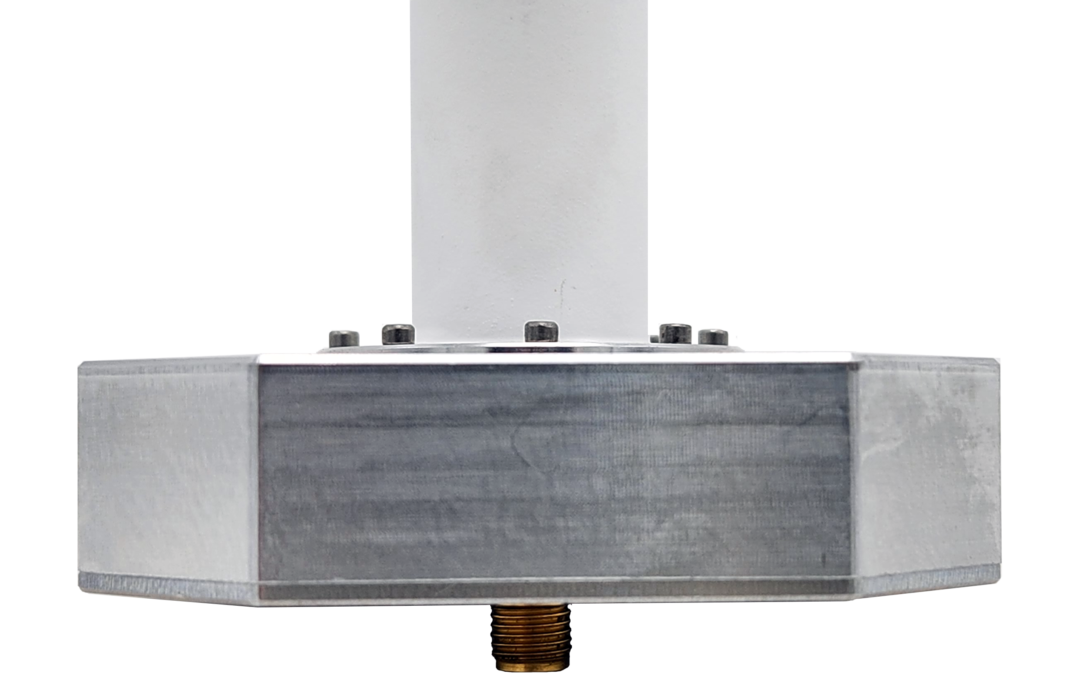
Which Antennas are Suitable for Sensor Systems?
Sensor antennas play a crucial role in various applications, including environmental monitoring, wireless sensor networks (WSNs), IoT devices, and industrial automation, medical devices, radar and navigation. These antennas come in different types, each designed for specific sensor systems and frequency ranges.
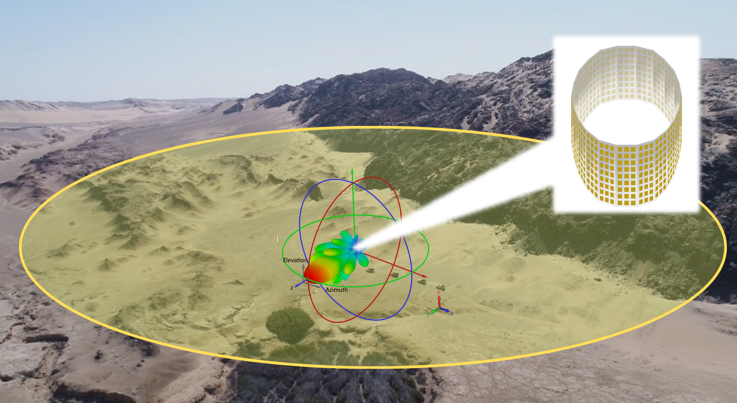
Using RF Technology for Counter-UAS
In this post, we talk more about the security risks that come with unmanned technology, as well as introduce JEM Engineering’s solution for mitigating these risks.
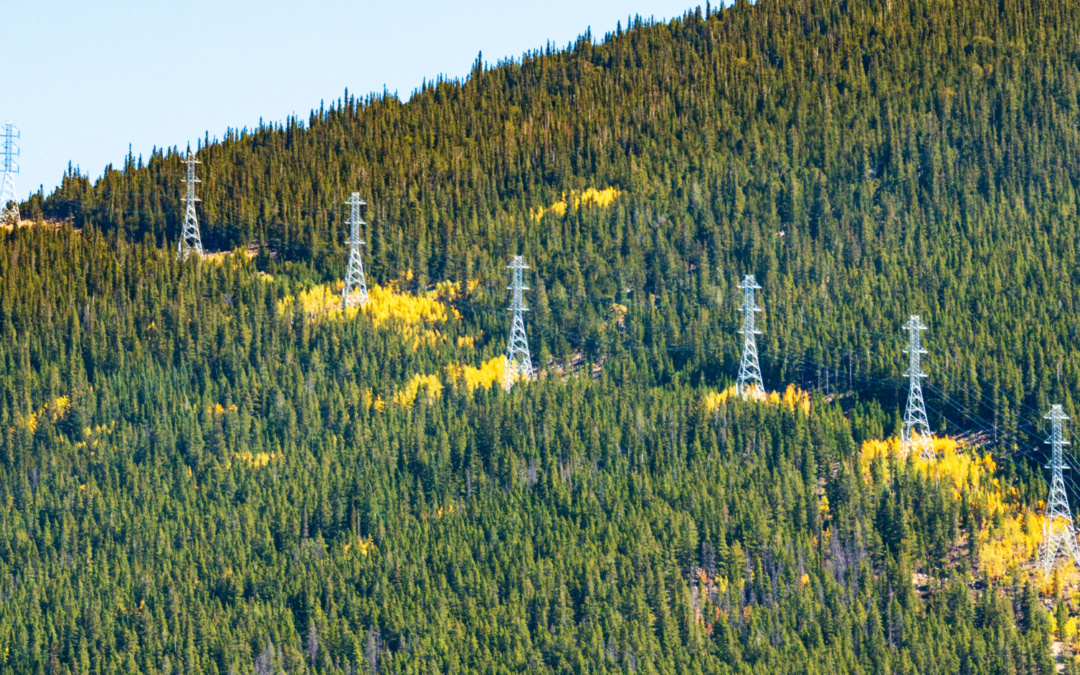
7 Reasons for Enhancing RF Security in a Connected World
In this post, we discuss 7 reasons why bolstering RF security is a crucial element of national security, public safety, and economic stability.

